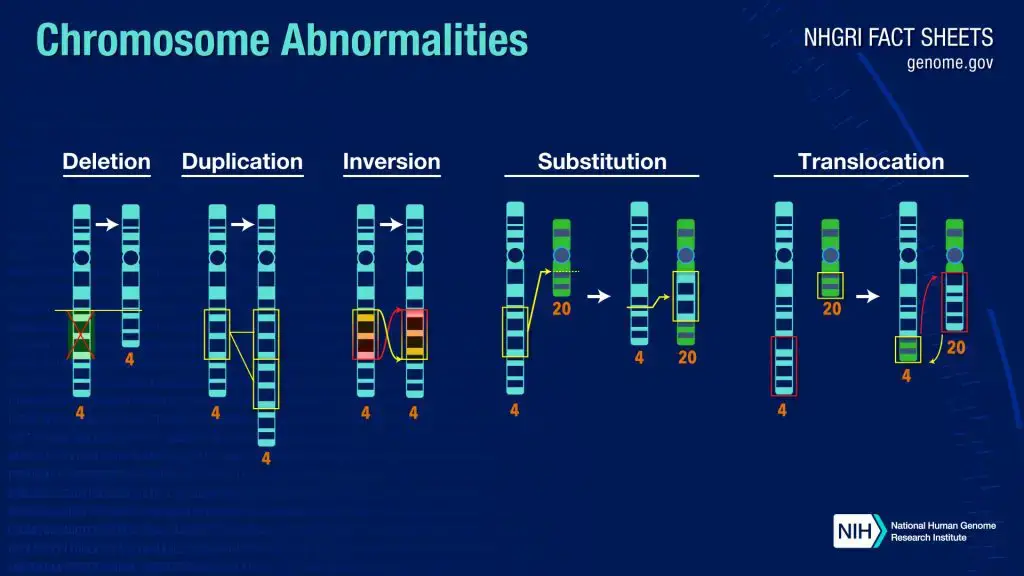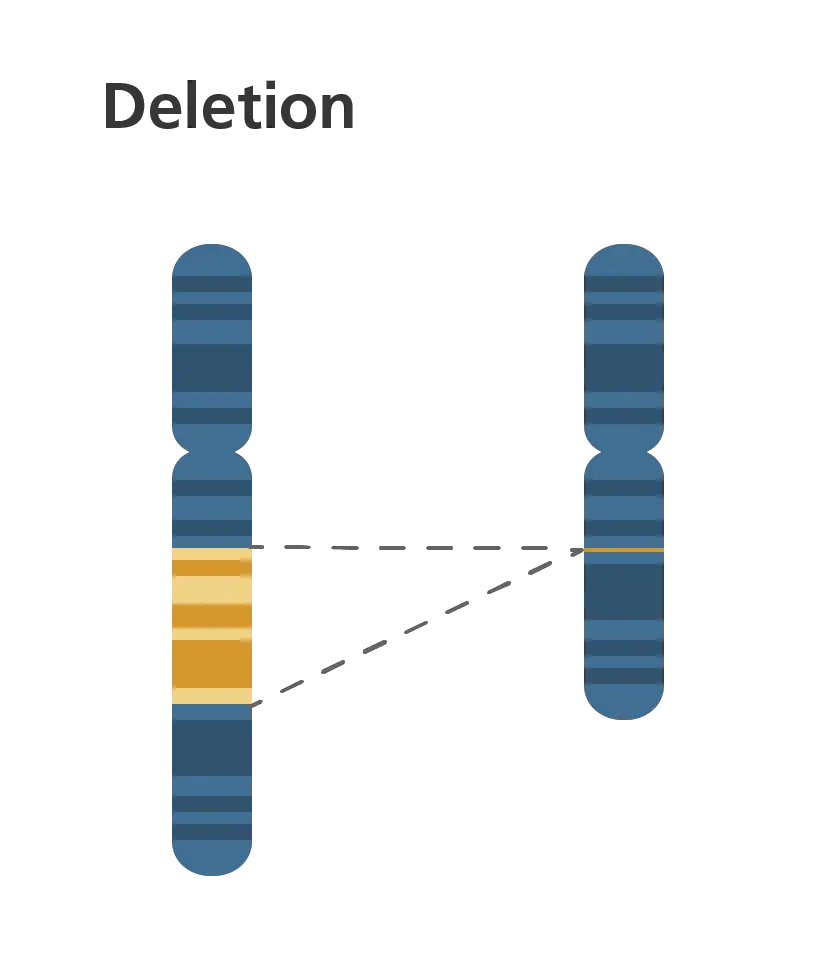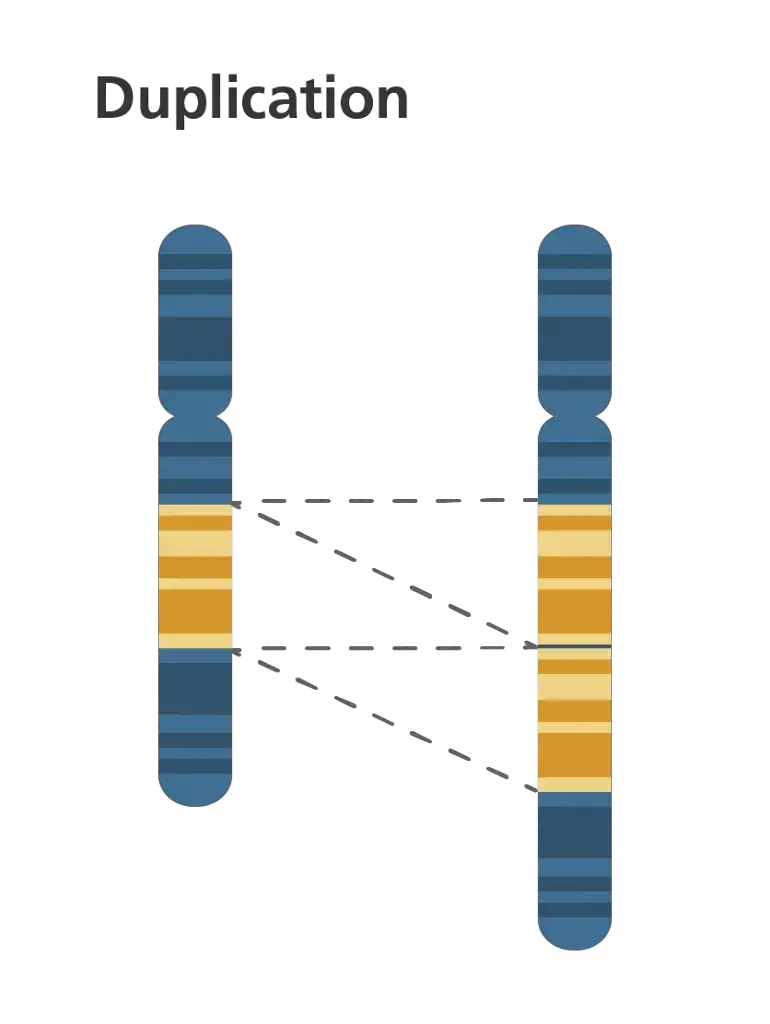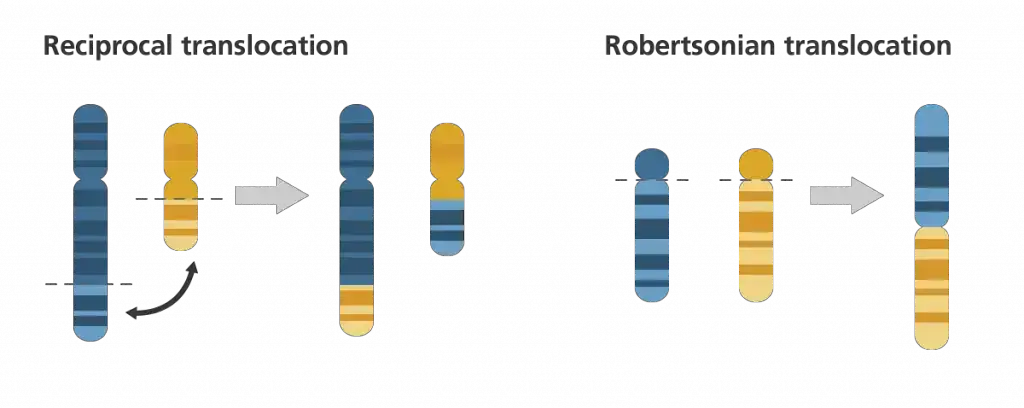A chromosome disorder, also known as Chromosome Abnormalities is caused by an alteration in the size or the structure of chromosomes.
A chromosomale anomaly, also known as a chromosomal anomaly, chromosomal anomaly, chromosomal mutagenesis, or chromosomal disorders, is the absence of, an extraor irregular part of the chromosomal DNA. They can manifest as numerical irregularities, when there is an abnormal number of chromosomes or as structural anomalies, in which one or more chromosomes are damaged.
Chromosome variation was previously utilized as a term to describe a change to the chromosomal region, which involves multiple genes. Chromosome anomalies typically happen due to an mistake in cell division after the process of meiosis, or beiosis. Chromosome anomalies can be identified or verified by the comparison of a person’s karyotype or complete set of chromosomes to an average karyotype of the species through genetic testing.
- Every chromosome is unique in its arrangement.
- The past is when scientists have used staining methods that color the chromosomes to create the banding pattern.
- These patterns of banding make each of our individual chromosomes simpler to recognize, much like maps.
- A collection of chromosomes when examined under a microscope, is referred to as the Karyotype.
- Any deviation from normal karyotypes is called a chromosome anomaly.
- Although some chromosome anomalies are not harmful, others can be associated with medical disorders.
- The majority of spontaneous abortions are caused by an abnormality in the chromosome.

Numerical abnormality
- A chromosome that is not in the normal range is known as aneuploidy. It is a sign that a person has one or more chromosomes missing from two (resulting with the condition of monosomy) or is carrying more than 2 chromosomes in two (trisomy trisomy, tetrasomy, etc. ).
- Aneuploidy may be complete and involve a complete the chromosome not being added or missing or incomplete, in which only a small portion of a the chromosome is missing or added.
- Aneuploidy can be caused by autosomes or sex chromosomes.
- A case of trisomy for humans would be Down syndrome, which is an inherited disorder that is that is caused by having an added copy of the chromosome 21. this disorder is also called trisomy 21.
- A case of monosomy for humans would be Turner syndrome, which is a condition where an person is born with just one sexchromosome, an”X.
Sperm aneuploidy
Males exposed to certain workplace, environmental, or lifestyle risks can cause an increase in the likelihood of developing aneuploid spermatozoa. Particularly, the the risk of developing aneuploidy is enhanced by smoking cigarettes and exposure to insecticides, benzene and perfluorinated substances. Aneuploidy increases are often linked with an increase in DNA damage within the spermatozoa.
Structural abnormalities
This occurs when huge sections of DNA are absent from the chromosome or added onto the chromosome. The structural abnormalities can come in a variety of forms.
- Deletions: A section of the chromosome has gone missing or deleted. Humans are afflicted with a variety of disorders, including Wolf-Hirschhorn syndrome that is caused by an incomplete deletion in the short arm of chromosome as well as Jacobsen syndrome, also known as”the final 11q deletion disorder.

- Duplications: A section of the chromosome is duplicated, which results in additional genetic material. Human disorders that are known include Charcot-Marie-Tooth disease type 1A. It is possibly caused by duplicated copies of the gene that codes for the peripheral myelin proteins 22 (PMP22) on the 17th chromosome.

- Inversions: A section of the chromosome broken off, then turned upside down, then was reattached. As a result, the genetic material has been reversed.

- Insertions: A part of one chromosome is removed from its normal location and then inserted into a different chromosome.
- Translocations: A part of one chromosome is transferred to a different chromosome. There are two major kinds of translocations:
- Reciprocal translocation: Segments of two different chromosomes have swapped.
- Robertsonian translocation: A complete chromosome is attached to another at the centrromere In humans, these are the only chromosomes that have been linked to 13, 14, 15 21 and 22.

- Rings: A piece of a chromosome broken off and created a circle, or a rings. It could happen with or without removal of the genetic material.

- Isochromosome: Isochromosome is formed through the mirror image copy of a chromosome segment that includes the centromere.
Chromosome instability is a class of disorders that are characterized by chromosomal disruption and breakage. They can cause an increased risk of developing certain malignancies.
Acquired chromosome abnormalities
Many cancers, but not all, may cause chromosome changes, resulting in the development of hybrid genes, combinations of proteins, the disruption of genes and increased expression in proteins or the loss of cancer suppressor gene (see this site for the “Mitelman Database” as well as the Atlas of Genetics and Cytogenetics in Oncology and Haematology,). In addition, certain chromosomal anomalies can transform normal cells into leukemic cells, for instance the translocation of genes, which results in the expression of the gene being inappropriate.
Inheritance chromosome abnormalities
The majority of chromosome abnormalities are an error in the egg cell , or sperm. Therefore, the anomaly is found throughout the body. Certain anomalies may occur after conception, leading to Mosaicism (where certain cells are affected by the anomaly while others don’t). Chromosome abnormalities can be passed on from a parent or “de new”. This is why chromosome analyses are typically conducted on parents when children are diagnosed with an anomaly. If the parents don’t have the disorder, it wasn’t initially passed down through the family but it could be passed down to future generations.
How do chromosome abnormalities occur?
- Chromosome abnormalities typically occur due to an mistake in cell division that results in cells that have too little or too many duplicates of the chromosome.
- Most chromosome anomalies originate from the egg or the sperm (gametes) however some occur in the embryo’s development or acquired from the parents.
- Chromosome abnormalities that arise in the gametes can be found in every cell in the body.
- In the course of the development of gametes, the two chromosome pairs (one that comes from the mother and another that comes from father) split through a process known as meiosis. This creates only one copy of each chromosome within the gametes (as in contrast to two copies that are found in different cells in the human body).
- Incorrect separation processes result in the creation of gametes that lack complete sets of chromosomes, or entire or parts of the chromosomes. This is referred to as meiotic nondisjunction.
- Other factors that increase the chance of developing chromosome anomalies include the age of the mother (the number of cases of meiotic nondisjunction is higher as the mother ages) and other environmental factors, such as exposure to certain medications.
- Just a few minor changes in chromosome structure could affect several genes and cause significant consequences.
Detection of chromosome abnormalities
Based on the data you want to collect various methods and examples will be required.
- To determine the prenatal status of foetus, amniocentesis, the chorionic villus sample or circulating foetal cells are collected and analysed to identify possible chromosomal anomalies.
- In order to determine whether or not there is an embryo the blastocyst biopsy should be carried out.
- If you are looking for a lymphoma or leukemia screening procedure, the method employed is a bone marrow biopsy.
References
- https://en.wikipedia.org/wiki/Chromosome_abnormality
- https://www.yourgenome.org/facts/what-is-a-chromosome-disorder
- https://www.biologyonline.com/dictionary/chromosome
- Text Highlighting: Select any text in the post content to highlight it
- Text Annotation: Select text and add comments with annotations
- Comment Management: Edit or delete your own comments
- Highlight Management: Remove your own highlights
How to use: Simply select any text in the post content above, and you'll see annotation options. Login here or create an account to get started.